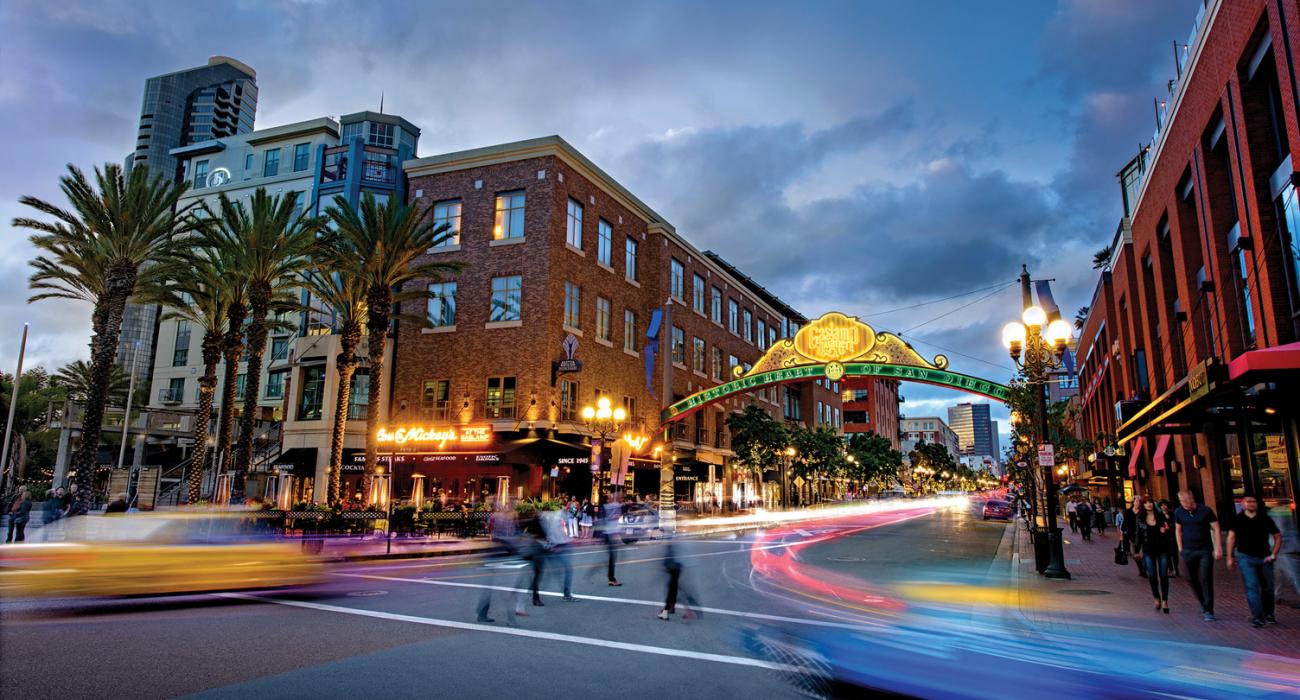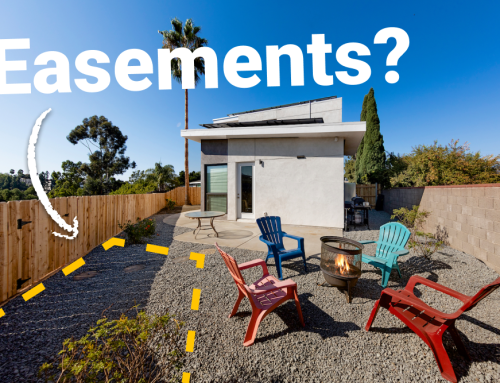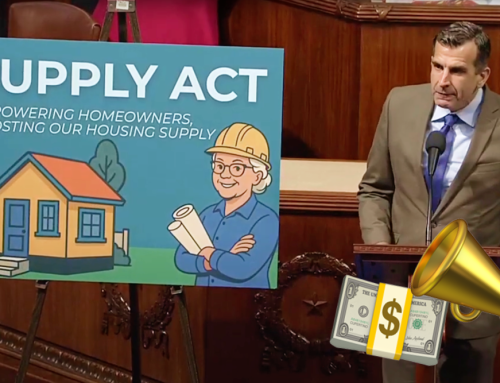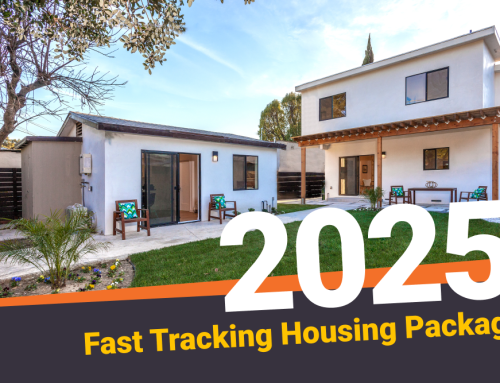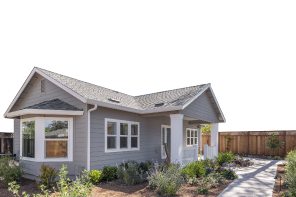CA passed legislation in Jan of 2017 that allows any single family residence to build a second rentable unit. Basically, turning any SFR property into a kind of duplex. This is a major game changer for California, a state struggling with building enough housing, but San Diego development is completely stagnant.
Granny flat development increased in Los Angeles as a response by more than 730%, going from around 150 permits per year in 2016 to nearly 2,000 permits in 2017. In fact, we’ve seen surges of development in other parts of California, like San Francisco, San Jose, and the surrounding cities.
- Los Angles: 1,980 applicants for ADU permits
- San Francisco: 593 applicants for ADU permits
- Oakland: 247 applicants for ADU permits
- San Jose: 166 applicants for ADU permits
- San Diego: 64 applicants for ADU permits
So why is San Diego growth stagnant?
Four words, Development and Impact Fees. (DIF)
Development & Impact Fees in San Diego
Development & Impact Fees are what a new house pays to hook into the sewer system, the electrical grid, it pays for roads in your neighborhood and your local schools.
Right now, San Diego is charging roughly the same amount for a 400 square foot accessory dwelling unit that it charges to a 2,500 square foot house.
The crazy thing is that those building an ADU have already paid the Development & Impact Fees when they built the first home and now they’re being changed that fee a second time.
Fees should be proportional to the project and unfortunately, that’s not the current reality.
Cities, like Portland, who have made applying and paying for the accessory dwelling permits, easy and affordable, have seen a lot of growth.
Portland voted unanimously to extend a waiver eliminating Systems and Development Charges on accessory dwelling units. There’s no doubt that this has had a huge impact on development.
According to AccessoryDwellings.org,
Before the waiver was adopted in early 2010, Portland was permitting 2.6 ADUs per month. That rate jumped to 8.7 ADUs per month in 2011 and is now on track for 12.8 ADUs per month in 2012, a nearly five-fold increase in ADU activity from before the waiver went into effect.

San Diego has a big opportunity to increase city density
Instead of promoting urban sprawl, which makes San Diego freeways more frustrating and headache prone, San Diego City Council can promote in-fill.
This makes San Diego neighborhoods more walkable, less car-dependent and it’s great for local businesses.
Single-family homes comprise 58% of San Diego’s total housing units or 284,000 homes.
If just 1 in 10 homes built a granny flat, that would be an additional 28,000 housing units!
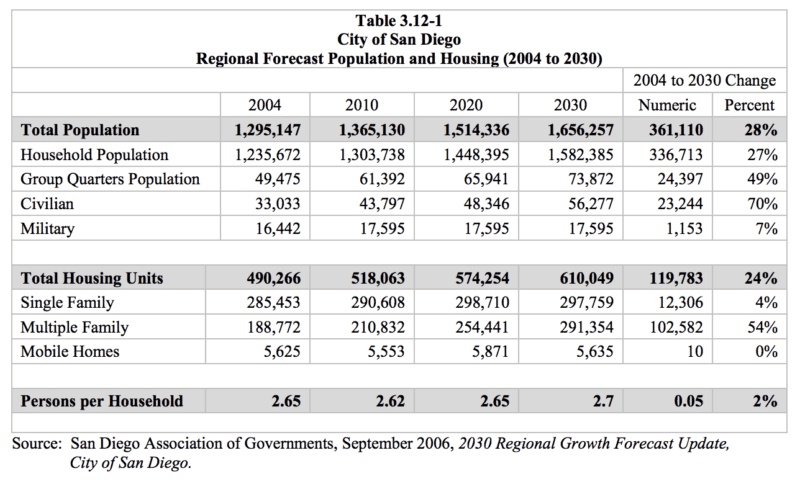
For a city that struggles with homelessness, you have to wonder, why is the City Council dragging their feet on an easy way to open up development and increase housing inventory?
If you’d like to know, email your city council and find out:
Lorie: loriezapf@sandiego.gov
Chris: christopherward@sandiego.gov
Mark: markkersey@sandiego.gov
Chris: chriscate@sandiego.gov
Scott: scottsherman@sandiego.gov
Georgette: georgettegomez@sandiego.gov
and find out what the future of Development & Impact Fees in San Diego is.

